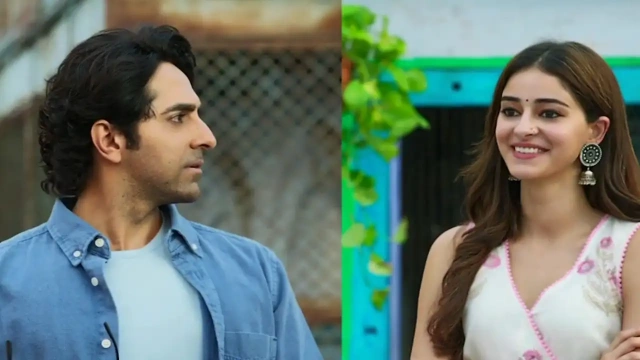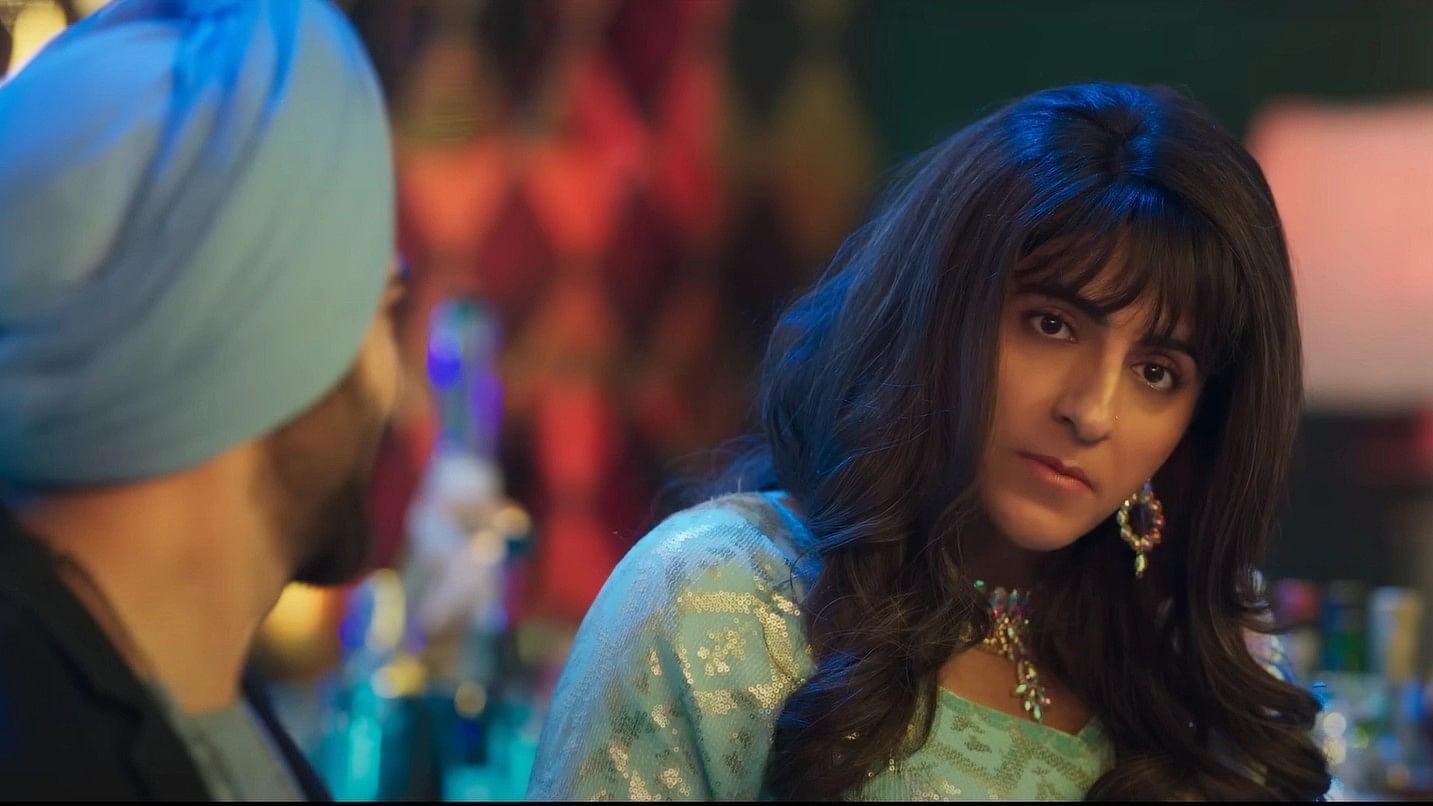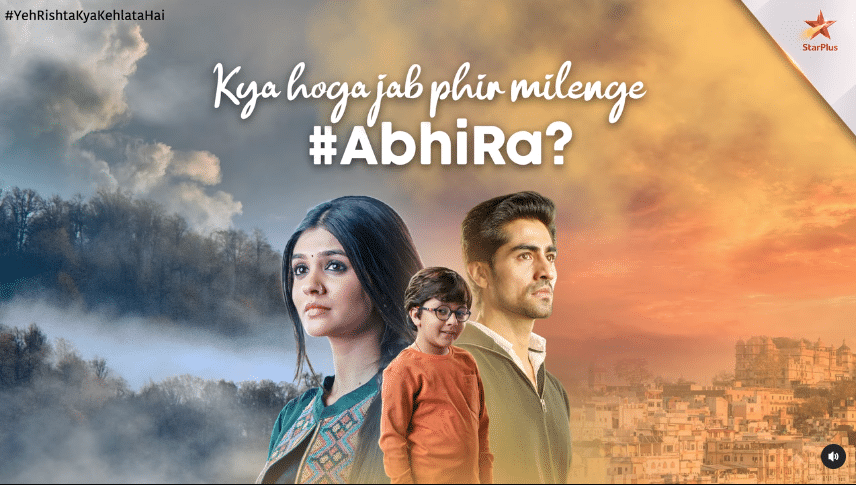CAST: Ayushmann Khurrana, Ananya Panday, Paresh Rawal, Seema Pahwa, Rajpal Yadav, Vijay Raaz, Manjot Singh
DIRECTOR: Raaj Shaandilyaa
“Dream Girl 2” attempts to recapture the zany charm that made its predecessor a hit, but unfortunately, it stumbles into a labyrinth of its own making. Raaj Shaandilyaa’s roots in television are evident in the film’s dialogue, which offers nods to various TV shows like Kapil Sharma, Roadies, and Kasautii Zindagi Kay. However, these references feel forced and often fall flat, failing to add any genuine comedic value.
Following advice from his close friend Smiley (Manjot Singh), Karam, posing as Pooja, ventures into various jobs like a bar dancer and even a psychiatrist. Soon, he finds himself married to a gloomy young man named Shahrukh (Abhishek Banerjee). The story’s setting expands to a wealthy Muslim household in Agra, introducing intersecting subplots and multiple concealed-identity romances. The narrative becomes incredibly intricate, far beyond what words can describe—a comedic misstep rather than a successful comedy of errors. Despite his background in TV writing, Shaandilyaa struggles to orchestrate chaos in a coherent manner, lacking the vibrancy and finesse of a director like Priyadarshan. It’s disheartening to witness accomplished Priyadarshan actors like Paresh Rawal, Rajpal Yadav, and Manoj Joshi grappling to uplift this film.
Most of the jokes in this movie are borrowed from the first film: Annu Kapoor’s Muslim impersonations, Karam seducing unsuspecting men over the phone. The few jokes that do land often target a character’s age, physique, or mental state. An early disclaimer expressing respect for the LGBTQIA+ community left us apprehensive, and it turns out that Dream Girl 2 is not uniquely offensive towards any specific identity group. Instead, it disregards logic, refinement, and comedic craftsmanship.
Ayushmann Khurrana’s versatile acting is commendable as he effortlessly transitions between various personas. Yet, his portrayal as the cross-dressing Pooja overshadows his performance as the more intense Karam. The queerbaiting undertone in the Smiley-Karam track, a carryover from the first film, is disappointing and doesn’t contribute constructively to the narrative.
The movie introduces real-world events like COVID-19, demonetization, and the Sri Lankan economic crisis, attempting to mine humor from them. Unfortunately, these attempts feel forced and don’t seamlessly integrate with the story, often undermining the gravity of these situations.
The film’s climax takes an unexpected turn, with Khurrana’s character delivering an extended monologue on love and acceptance. While his conviction in his own style of cinema is evident, this moment seems out of place and leaves the audience perplexed, mirroring Ananya Panday’s bewildered expressions.
At a runtime of over two hours, “Dream Girl 2” struggles to maintain its comedic rhythm. The film’s attempts at humor often border on the absurd, lacking the finesse required for successful comedic timing. The queerbaiting elements and forced references contribute to the movie’s downfall, making it more of a nightmare than a dreamlike experience.
In conclusion, “Dream Girl 2” grapples to recapture the magic of its predecessor and ends up being a convoluted comedy that falls short of delivering the laughter it aims for. Despite Ayushmann Khurrana’s dedication, the film’s disjointed narrative forced references, and queerbaiting make it a disappointing follow-up that fails to capture the essence of its successful predecessor.








